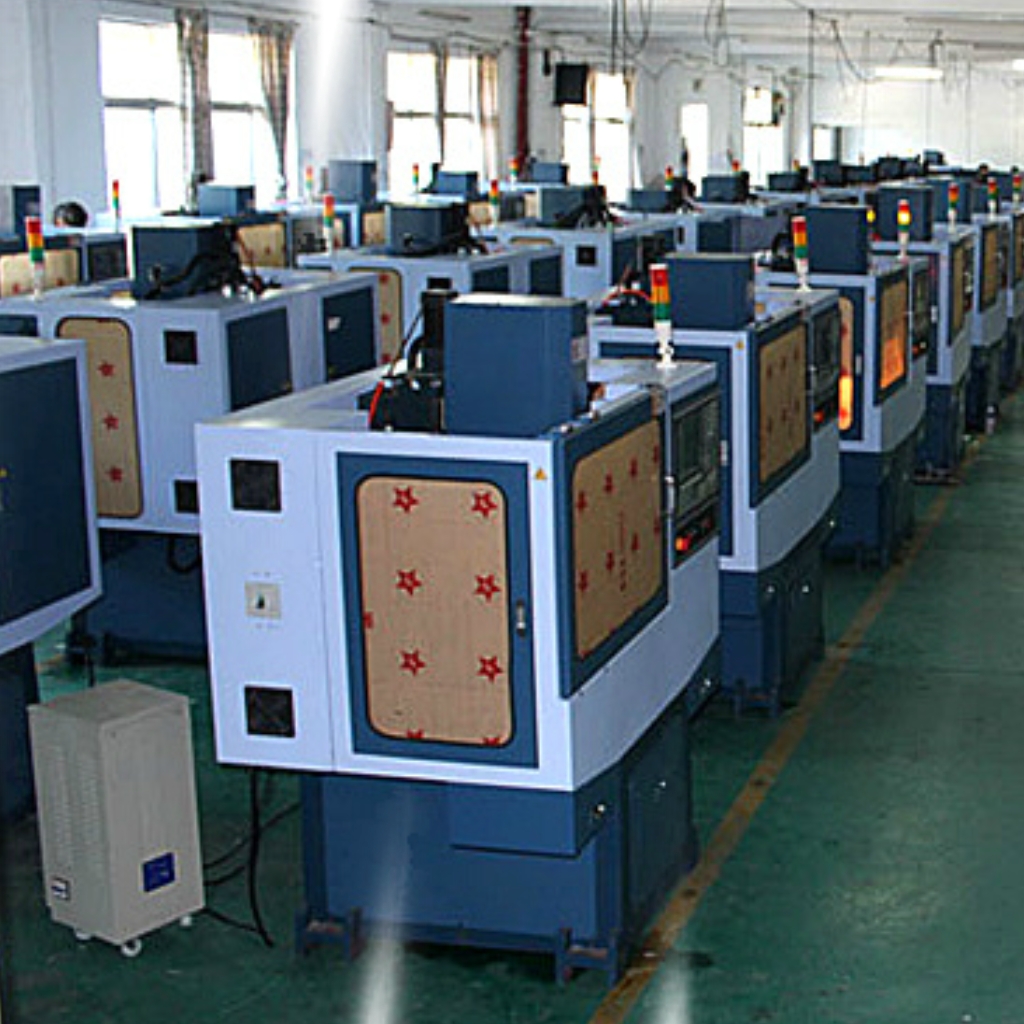Blog
Xendoll has 22 years of experience in the production of small machine tools. We will help you choose the suitable machine and share our experience in CNC machining with you.
 May 23, 2025
May 23, 2025

 683
683
In the world of STEM education, hands-on learning tools like mini lathes and mills play a pivotal role in bridging theoretical knowledge with real-world applications. For educators, hobbyists, and institutions looking to equip workshops or classrooms, the question often arises: Should I invest in a metal lathe or a milling machine first? This decision is critical, especially for programs focused on machining, engineering, or robotics. At Xendoll Tools, we specialize in compact, precision CNC lathes and mini machines tailored for education and small-scale projects. In this article, we’ll break down the pros, cons, and ideal use cases for both tools, helping you make an informed choice for your STEM program.
Before diving into the decision-making process, let’s clarify what each machine does.
What is a Metal Lathe?
A mini lathe rotates a workpiece against a stationary cutting tool to shape cylindrical parts. It’s ideal for tasks like turning, drilling, threading, and creating symmetrical objects (e.g., bolts, shafts, or pulleys). Modern CNC lathes add automation, allowing programmable precision—perfect for teaching coding and design.
What is a Milling Machine?
A mill uses rotary cutters to remove material from a stationary workpiece. It’s versatile for creating flat surfaces, slots, gears, or complex 3D shapes. Mills excel at subtractive manufacturing and are often used for prototyping.

When choosing between a lathe and a mill, prioritize your program’s goals, budget, and skill level. Here’s a breakdown:
Lathes for Foundational Skills
Lathes are often recommended for beginners because they teach core machining principles:
Symmetry and Measurement: Students learn to create precise cylindrical parts, honing skills in dimensional accuracy.
Material Science: Working with metals like aluminum or brass introduces concepts of hardness, malleability, and tool wear.
CNC Integration: A mini CNC lathe introduces students to CAD/CAM software, G-code programming, and automation—key skills for modern manufacturing careers.
Mills for Advanced Projects
Mills require a steeper learning curve but unlock broader creative possibilities:
Complex Geometry: Students can design brackets, gears, or custom parts with intricate details.
Multi-Axis Machining: Advanced mills teach spatial reasoning and multi-step problem-solving.
Takeaway: If your program focuses on foundational machining or younger students, start with a lathe. For advanced engineering or robotics teams, a mill may be more valuable.
Mini Lathes: Compact and Cost-Effective
Xendoll’s mini lathes are designed for small workshops or classrooms. They consume less space and power while offering professional-grade precision. Prices typically start lower than mills, making them accessible for schools or hobbyists.
Mills: Higher Investment, Greater Versatility
Mills are bulkier and pricier but can perform a wider range of tasks. However, entry-level mini mills (like those from Xendoll Tools) balance affordability with functionality, ideal for tight budgets.
Takeaway: For institutions with limited resources, a lathe provides immediate ROI. If funds allow, pairing a lathe with a mill creates a comprehensive workshop.
Lathes: Lower Risk for Beginners
With proper training, lathes pose fewer safety risks. The workpiece is secured, and cutting tools move predictably.
Mills: Require Vigilant Supervision
Mills involve rotating cutters and more moving parts, increasing the risk of accidents. They demand stricter safety protocols.
Takeaway: Lathes are safer for introductory programs, while mills suit older students or supervised environments.
Lathe Projects for STEM Engagement
A mini lathe supports projects like:
Robotics components (axles, joints)
Custom lab equipment (test tube holders, microscope parts)
Model engines or wind turbines
Mill Projects for Innovation
Mills enable:
PCB prototyping
Drone or robot chassis
Custom tooling for science experiments
Takeaway: Both tools foster creativity, but lathes align better with entry-level STEM goals.
At Xendoll Tools, we advocate beginning with a mini CNC lathe for three reasons:
Progressive Learning Pathway
Students master manual machining first, then transition to CNC operations—a logical progression mirroring industry standards.
Cross-Disciplinary Applications
CNC lathes integrate math (geometry, trigonometry), physics (torque, rotational forces), and computer science (programming).
Industry 4.0 Preparation
Exposure to CNC technology prepares students for careers in automation, aerospace, or advanced manufacturing.

Choosing between a metal lathe and mill depends on your program’s scope, but for most educators, a mini lathe is the smarter starting point. It builds foundational skills, fits tight budgets, and scales into CNC workflows. Once students grasp lathe operations, adding a mill expands their capabilities exponentially.
At xendolltools.com, we offer CNC lathes, mini mills, and hybrid machines optimized for education. Explore our range to equip your STEM lab with tools that inspire innovation and hands-on learning.



 Show all our samples
Show all our samples
 Provide you with a free quote
Provide you with a free quote
 Answer all the questions you may have
Answer all the questions you may have
 Guided installation and other options
Guided installation and other options